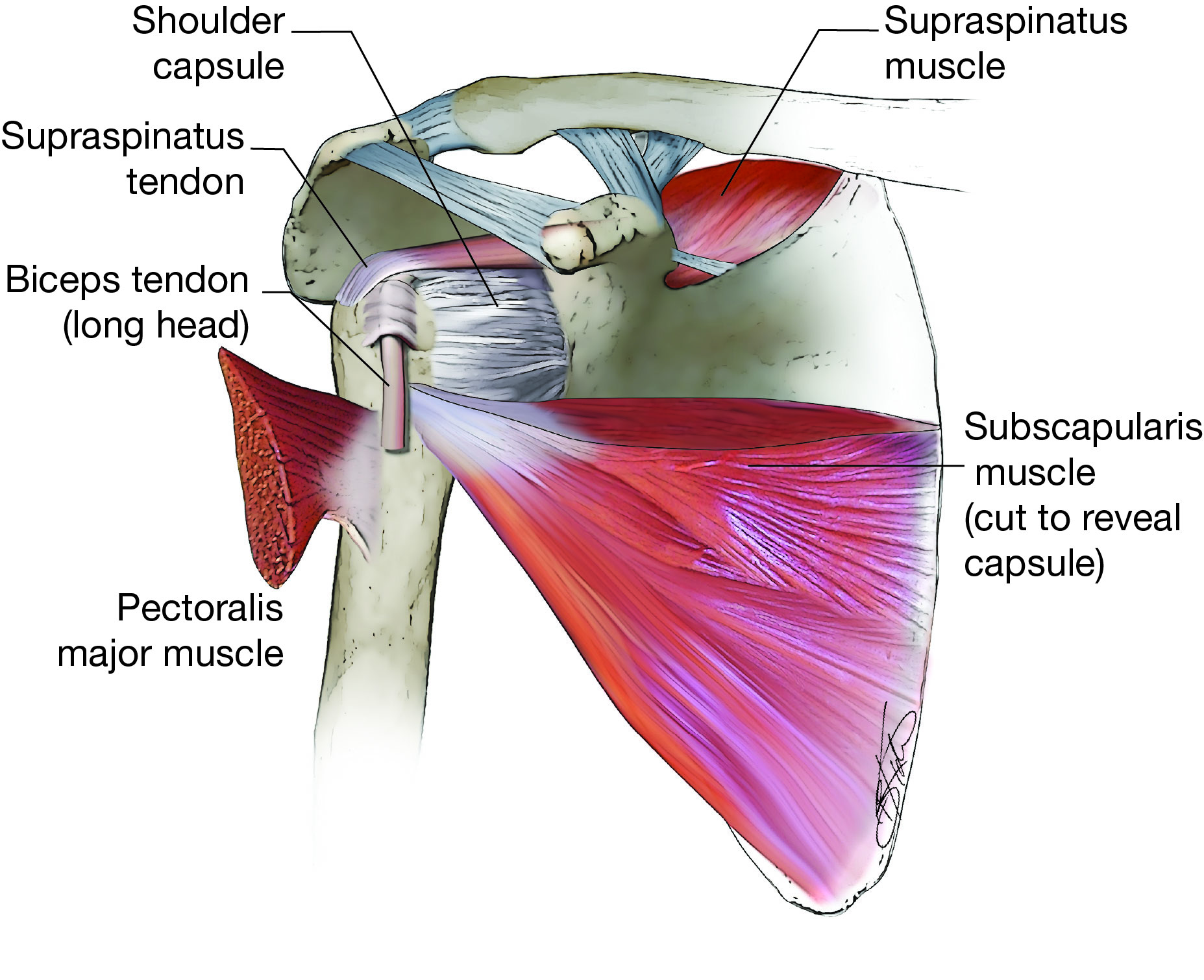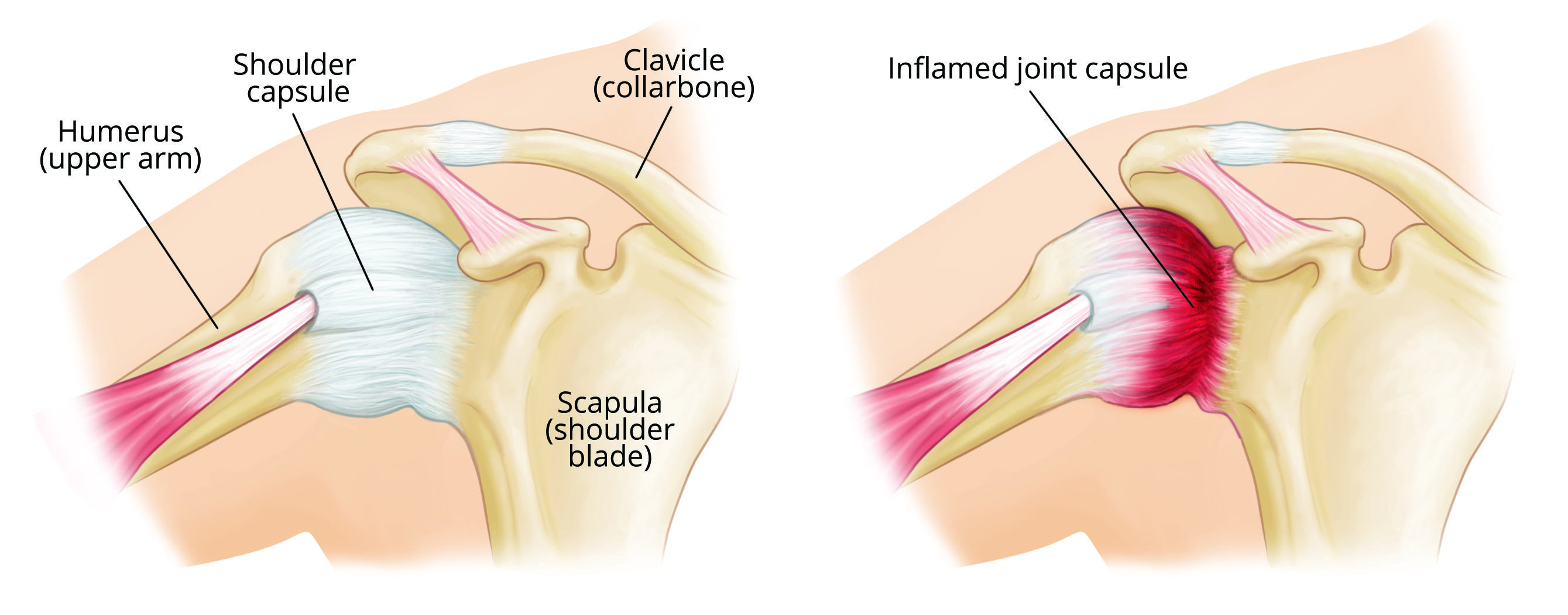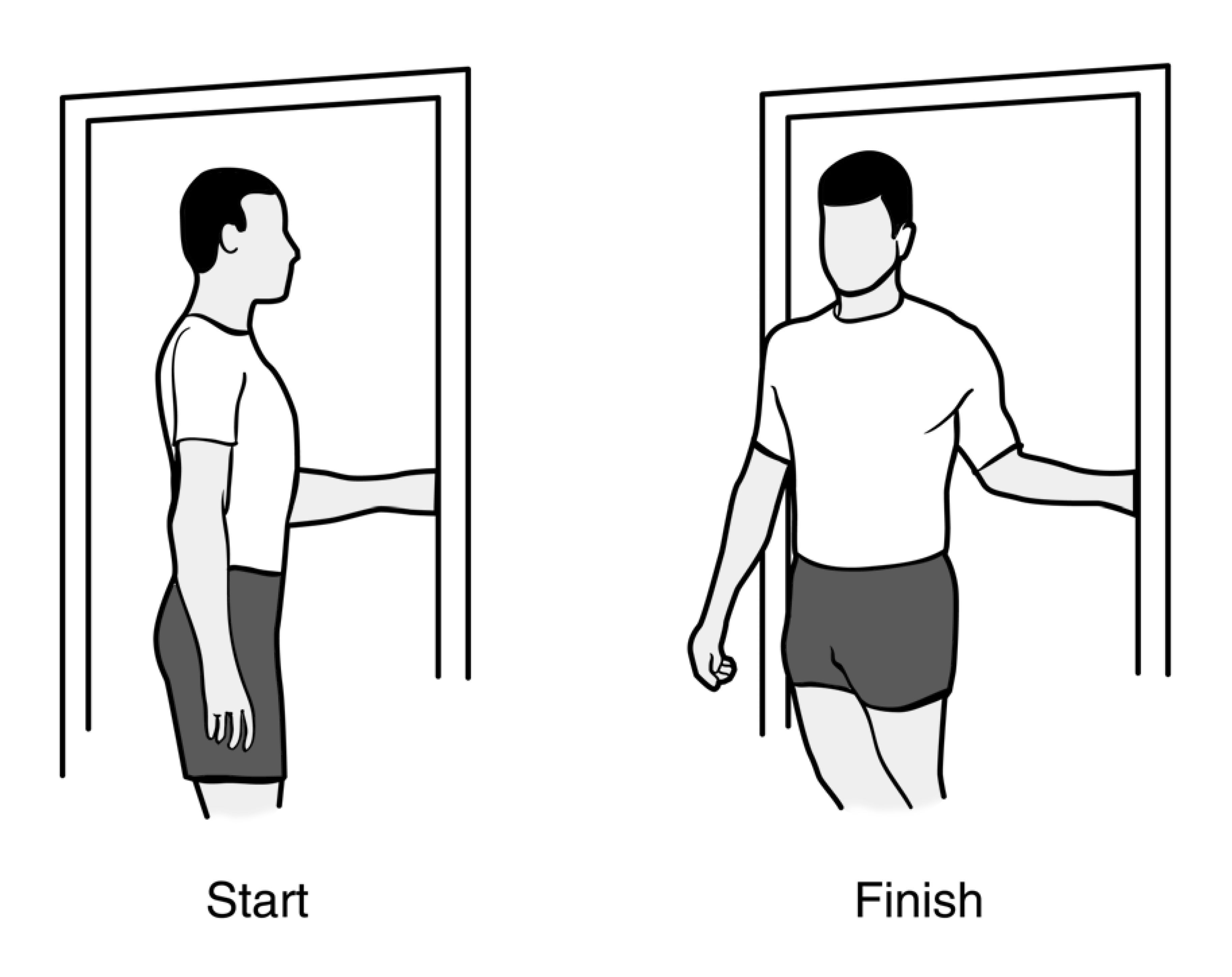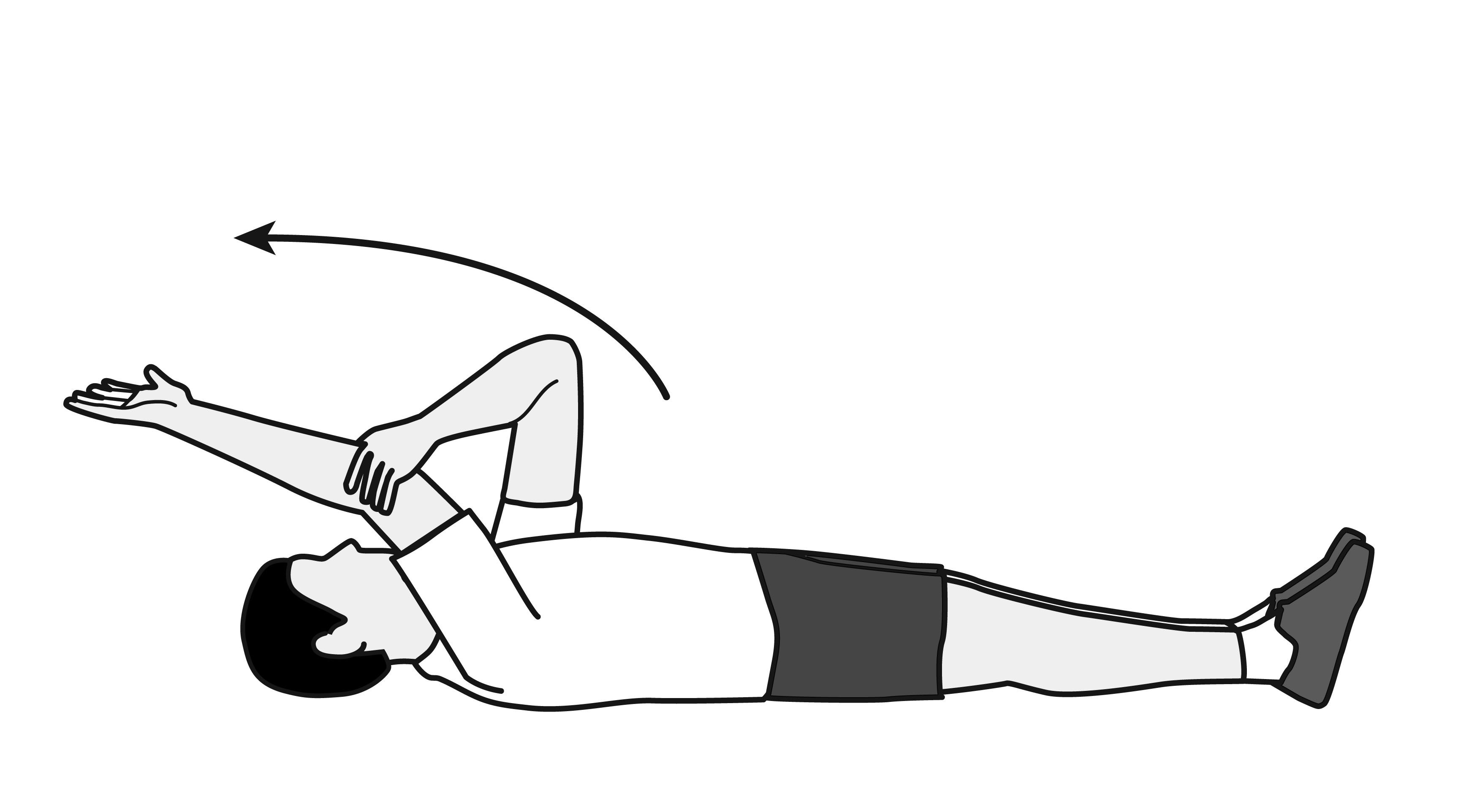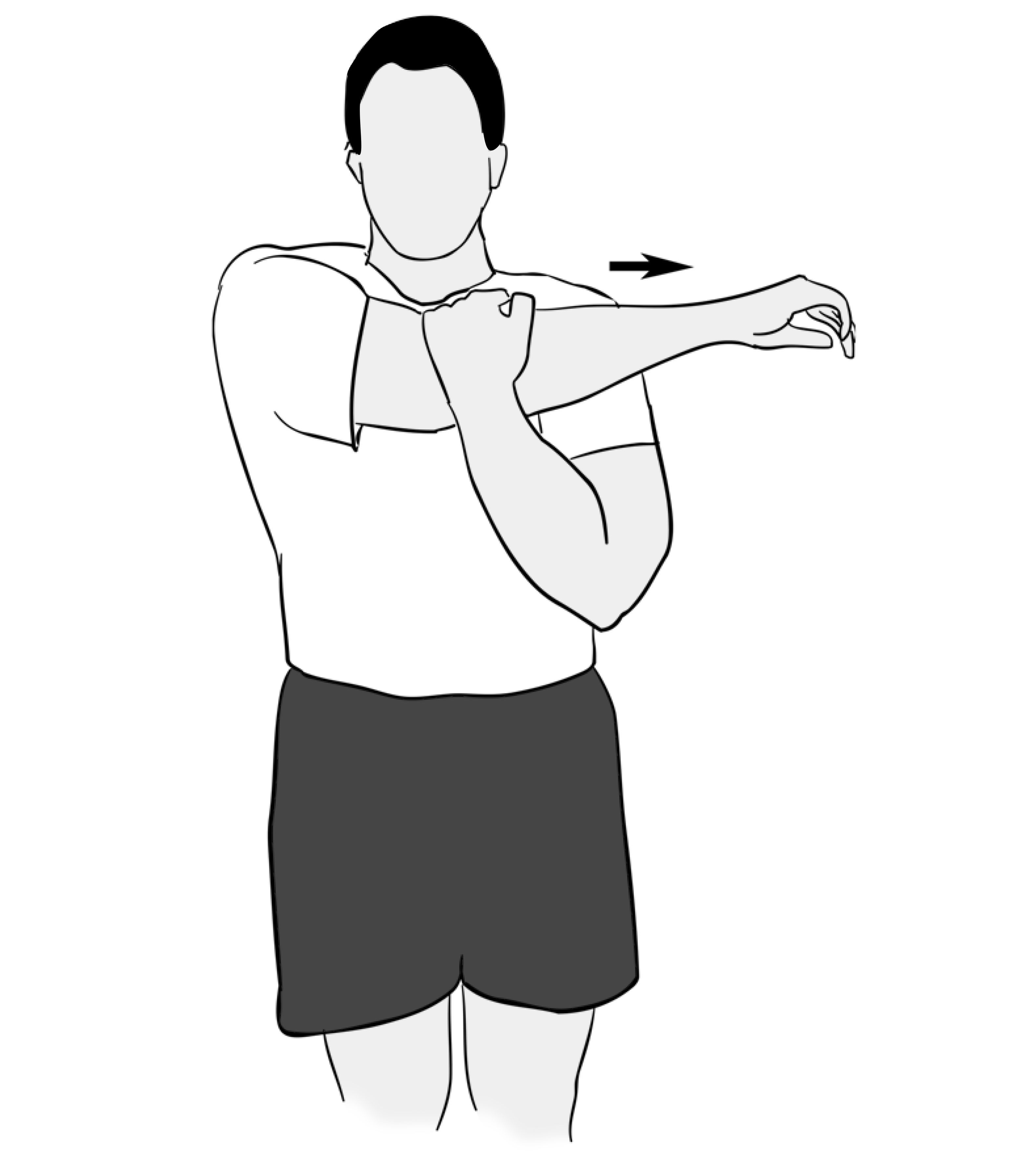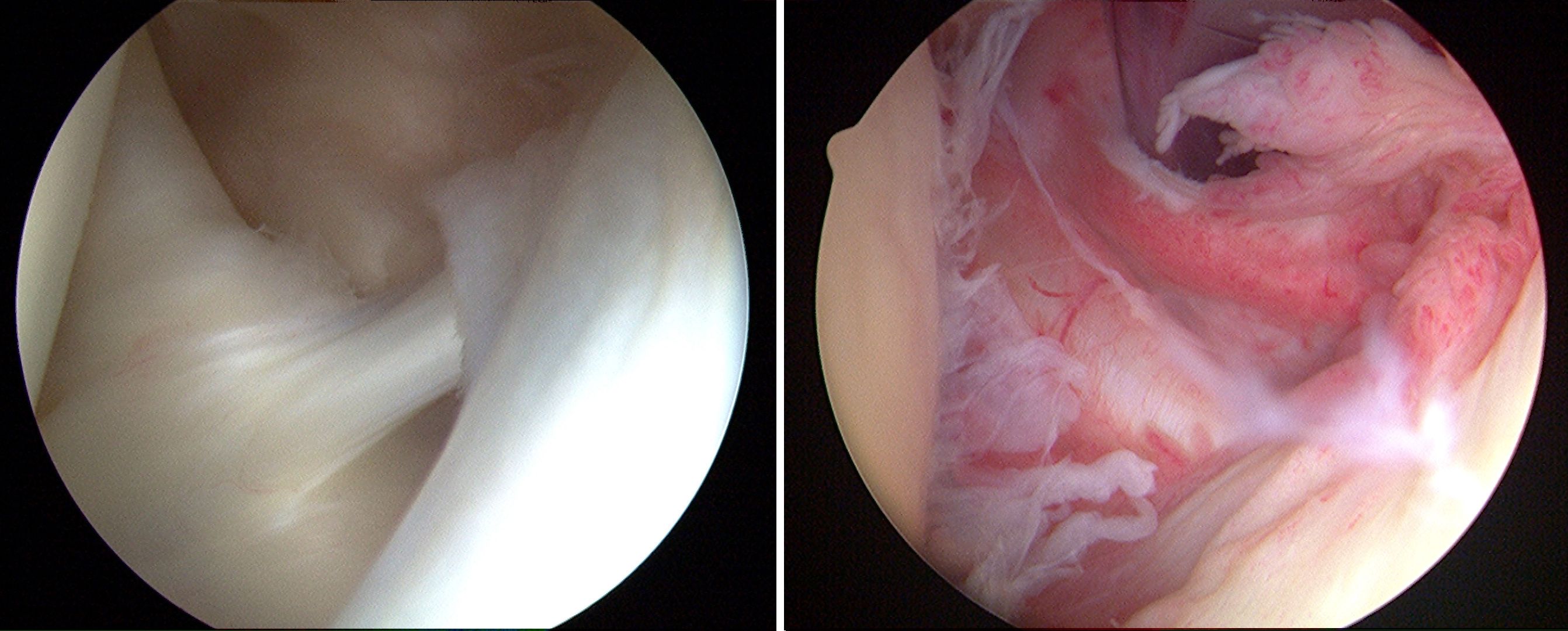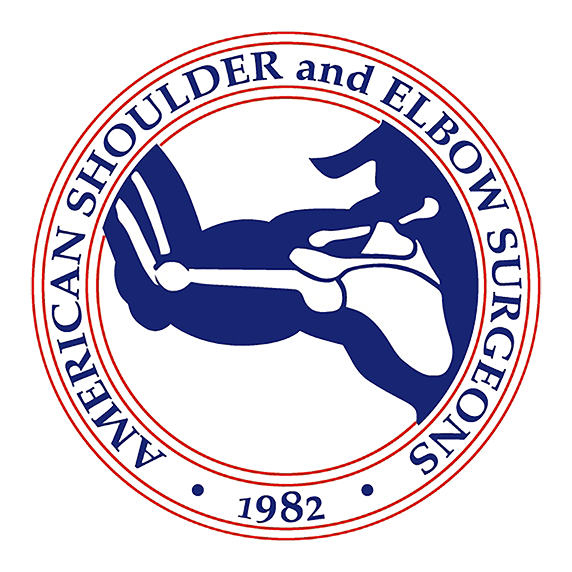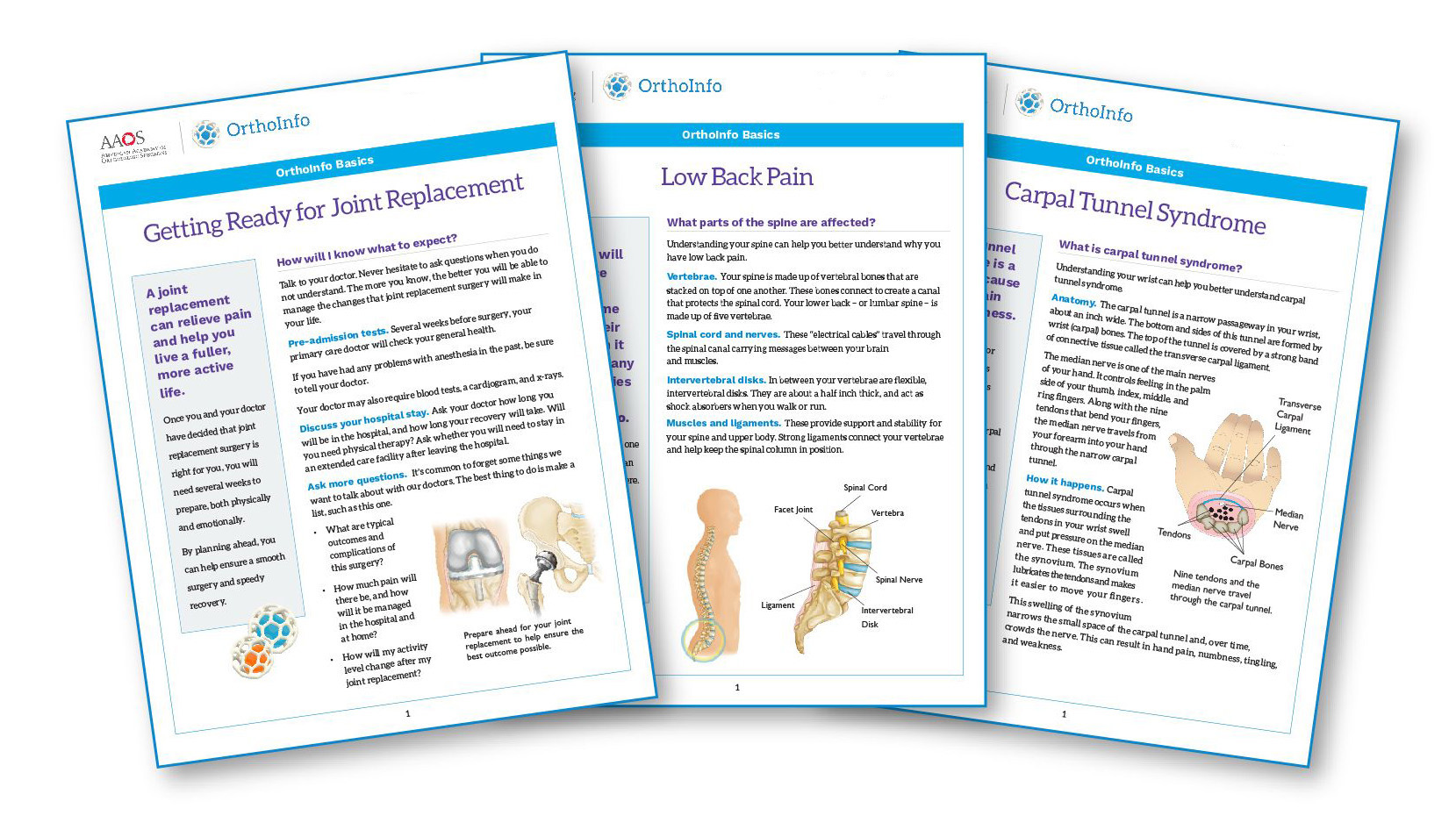Diseases & Conditions
Frozen Shoulder
Frozen shoulder, also called adhesive capsulitis, causes pain and stiffness in the shoulder. Over time, the shoulder becomes very hard to move.
After a period of worsening symptoms, a frozen shoulder tends to get better, although full recovery may take up to 3 years. Physical therapy, with a focus on shoulder flexibility, is the primary treatment recommendation for frozen shoulder.
Frozen shoulder most commonly affects people between the ages of 40 and 60, and it occurs in women more often than men. In addition, people with diabetes and thyroid conditions are at an increased risk for developing frozen shoulder. However, a frozen shoulder can happen to anyone at any time. Sometimes it may happen after an injury or surgery.
Anatomy
The shoulder is a ball-and-socket joint made up of three bones:
- The humerus (upper arm bone)
- The scapula (shoulder blade)
- The clavicle (collarbone)
The head of the upper arm bone fits into a shallow socket in the shoulder blade. Strong connective tissue, called the shoulder capsule, surrounds the joint.
To help your shoulder move more easily, synovial fluid lubricates the shoulder capsule and the joint.
Description
In frozen shoulder, the shoulder capsule thickens and becomes stiff and tight. Thick bands of tissue — called adhesions — develop. In many cases, there is less synovial fluid in the joint.
The hallmark signs of this condition are severe pain and being unable to move your shoulder — either on your own or with the help of someone else. It develops in three stages:
Stage 1: Freezing
In the "freezing" stage, you slowly have more and more pain. As the pain worsens, your shoulder loses range of motion. Freezing typically lasts anywhere from 6 weeks to 9 months.
Stage 2: Frozen
Painful symptoms may actually improve during this stage, but the stiffness remains. During the 4 to 6 months of the "frozen" stage, daily activities may be very difficult.
Stage 3: Thawing
Shoulder motion slowly improves during the "thawing" stage. Complete return to normal or close to normal strength and motion typically takes anywhere from 6 months to 2 years.
Cause
The causes of frozen shoulder are not fully understood. There is no clear connection to arm dominance (the dominant arm is the arm you prefer to use for most tasks) or occupation. A few factors may put you more at risk for developing frozen shoulder.
Diabetes. Frozen shoulder occurs much more often in people with diabetes. The reason for this is not known. In addition, diabetic patients with frozen shoulder tend to have a greater degree of stiffness that continues for a longer time before "thawing."
Other diseases. Some additional medical problems associated with frozen shoulder include hypothyroidism, hyperthyroidism, Parkinson's disease, and cardiac disease.
Immobilization. Frozen shoulder can develop after a shoulder has been immobilized (held in one position without moving) for a period of time due to surgery, a fracture, or other injury. Having patients move their shoulders soon after injury or surgery is one measure prescribed to prevent frozen shoulder.
Symptoms
Pain from frozen shoulder:
- Is usually dull or aching
- Is typically worse early in the course of the disease and when you move your arm
- Is usually located over the outer shoulder area and sometimes the upper arm
Doctor Examination
Physical Examination
After discussing your symptoms and medical history, your doctor will examine your shoulder.
- Your doctor will move your shoulder carefully in all directions to see if movement is limited and if pain occurs with the motion. The range of motion when someone else moves your shoulder is called "passive range of motion."
- Your doctor will compare this to the range of motion you display when you move your shoulder on your own ("active range of motion"). People with frozen shoulder have limited range of motion both actively and passively.
Imaging Tests
Other tests that may help your doctor rule out other causes of stiffness and pain include:
X-rays. Dense structures, such as bone, show up clearly on X-rays. In addition, X-rays may show other problems in your shoulder, such as arthritis.
Magnetic resonance imaging (MRI) and ultrasound. These imaging tests can create better images of soft tissues than X-rays. They are not required to diagnose frozen shoulder; however, they may help to identify other soft tissue injuries in your shoulder, such as a rotator cuff tear.
Treatment
Frozen shoulder generally gets better over time without surgery, although it may take up to 3 years. The focus of treatment is to control pain and restore motion and strength through physical therapy.
Nonsurgical Treatment
Most people with frozen shoulder improve with relatively simple treatments to control pain and restore motion.
One of the most important things you can do is optimize your other health conditions that might be contributing to the frozen shoulder. For instance, if you are diabetic and your hemoglobin A1C is elevated, developing a plan with your primary care doctor and/or endocrinologist to adjust your diabetes medicine and improve your glucose control can actually help speed up the recovery of your frozen shoulder.
Non-steroidal anti-inflammatory drugs (NSAIDs). Anti-inflammatory medications like aspirin and ibuprofen reduce pain and swelling.
Steroid injections. Cortisone is a powerful anti-inflammatory medicine that is injected directly into your shoulder joint.
Hydrodilatation. If your symptoms are not relieved by other nonsurgical methods, your doctor may recommend hydrodilatation. This procedure involves gently injecting a large volume of sterile fluid into the shoulder joint to expand and stretch the shoulder joint capsule. Hydrodilatation can be performed by a radiologist, sports medicine physician, or orthopaedic surgeon using imaging to guide the placement of fluid.
Physical therapy. Specific exercises will help restore motion. These may be done under the supervision of a physical therapist or via a home program. Therapy includes stretching or range of motion exercises for the shoulder. Sometimes heat is used to help loosen the shoulder up before stretching. Below are examples of some of the exercises that might be recommended. Note: Consult with your treating physician or physical therapist about how many repetitions and sets you should perform of each exercise in each session.
- External rotation — passive stretch. Stand in a doorway and bend your affected arm's elbow to 90° to reach the door jamb. Keep your hand in place and rotate your body as shown in the illustration. Hold for 30 seconds. Relax and repeat.
- Forward flexion — supine position. Lie on your back with your legs straight. Use your unaffected arm to lift your affected arm overhead until you feel a gentle stretch. Hold for 15 seconds and slowly lower to start position. Relax and repeat.
- Crossover arm stretch. Gently pull one arm across your chest just below your chin as far as possible without causing pain. Hold for 30 seconds. Relax and repeat.
Surgical Treatment
If your symptoms are not relieved by therapy and other conservative methods, you and your doctor may discuss surgery. It is important to talk with your doctor about your potential for recovery continuing with simple treatments, and the risks involved with surgery.
Surgery for frozen shoulder is typically offered during "Stage 2: Frozen." The goal of surgery is to stretch and release the stiffened joint capsule. The most common methods include manipulation under anesthesia and shoulder arthroscopy.
Manipulation under anesthesia. During this procedure, you are put to sleep. Your doctor will force your shoulder to move, which causes the capsule and scar tissue to stretch or tear. This releases the tightening and increases range of motion.
Shoulder arthroscopy. In a shoulder arthroscopy, your doctor may cut through tight portions of the joint capsule. This is done using pencil-sized instruments inserted through small incisions around your shoulder.
In many cases, manipulation and arthroscopy are used in combination to obtain maximum results. Most patients have good outcomes with these procedures.
Recovery. After surgery, physical therapy is necessary to maintain the motion that was achieved with surgery. Recovery times range from 6 weeks to 3 months. Although it is a slow process, your commitment to therapy is the most important factor in returning to all the activities you enjoy.
- Long-term outcomes after surgery are generally good, with most patients having reduced or no pain and improved range of motion.
- In some cases, however, even after several years, the motion does not return completely, and some degree of stiffness remains.
- Diabetic patients often have some degree of continued shoulder stiffness after surgery.
Although uncommon, frozen shoulder can recur (come back), especially if a contributing factor like diabetes is still present.
Contributed and/or Updated by
Peer-Reviewed by
AAOS does not endorse any treatments, procedures, products, or physicians referenced herein. This information is provided as an educational service and is not intended to serve as medical advice. Anyone seeking specific orthopaedic advice or assistance should consult his or her orthopaedic surgeon, or locate one in your area through the AAOS Find an Orthopaedist program on this website.








